Property from a Private Ontario Collection A German Rococo Revival Gilt-Bronze Mounted Brass and Pewter Inlaid Ebonised Bureau-Cabinet (Schreibschrank) after the Dresden Model by Johann Gottfried Borlach and Christian Reinow, Late 19th Century in two sections, with a broken swan neck pediment above a glazed door opening to reveal an interior with shelves. The lower section with a sloping fall-front opening to reveal a fitted interior with a gilt-tooled red leather lined writing section, upright pigeonholes and drawers. The kneehole comprised of a blind drawer above three long drawers, raised on a low plinth, showing as bracket feet at the front and forming a continuous plinth at the sides. height 8 ft. 1 1/2 in.; width 44 in.; depth 21 in.247 cm., 101.7 cm., 53.5 cm.Condition reportFor further information on the condition of this lot please contact DecorativeArtsNY@sothebys.com LiteratureGisela Haase, Dresdener Möbel des 18.Jahrhunderts, Leipzig 1983, pp.288-289 fig.90BCatalogue noteThe original blue and gold Japanned Writing Cabinet with ormolu mounts and a mirrored door made in Dresden circa 1745-49, was almost certainly made for Heinrich, Count von Brühl (1700-1763), Prime Minister of Saxony, and is now located in the Victoria and Albert museum in London (acc.no. W.62:1-1979), given by Herr Axel Springer. That cabinet was originally recorded in an inventory at Schloss Seifersdorf in 1765. The form of this piece is based on the bureau-cabinet with a commode base and a secretaire or bureau in the central section with a cabinet superstructure and was popularised in England during the reign of William and Mary (1689-1702) in the 18th century and widely copied in particular in the German states. In Dresden from 1734 onwards it became one of the recognized forms for an apprentice to offer as a masterpiece. The bureau-cabinets from Dresden often have mirrored doors which were made locally. The bureau-cabinet was of primary importance in the furnishing of Saxon palaces and castles such as those at Dresden, Moritzburg and Pillnitz. They could be used not only for writing and storing letters but also displaying rare objects such as porcelain, bottles, glasses and other precious items. From around the 1740's, the shape of the Dresden cabinets started to liberate itself from the more austere English secretaire and the carcass displayed a more bombé outline and often had a broken pediment reflecting the Dresden Rococo style.
Property from a Private Ontario Collection A German Rococo Revival Gilt-Bronze Mounted Brass and Pewter Inlaid Ebonised Bureau-Cabinet (Schreibschrank) after the Dresden Model by Johann Gottfried Borlach and Christian Reinow, Late 19th Century in two sections, with a broken swan neck pediment above a glazed door opening to reveal an interior with shelves. The lower section with a sloping fall-front opening to reveal a fitted interior with a gilt-tooled red leather lined writing section, upright pigeonholes and drawers. The kneehole comprised of a blind drawer above three long drawers, raised on a low plinth, showing as bracket feet at the front and forming a continuous plinth at the sides. height 8 ft. 1 1/2 in.; width 44 in.; depth 21 in.247 cm., 101.7 cm., 53.5 cm.Condition reportFor further information on the condition of this lot please contact DecorativeArtsNY@sothebys.com LiteratureGisela Haase, Dresdener Möbel des 18.Jahrhunderts, Leipzig 1983, pp.288-289 fig.90BCatalogue noteThe original blue and gold Japanned Writing Cabinet with ormolu mounts and a mirrored door made in Dresden circa 1745-49, was almost certainly made for Heinrich, Count von Brühl (1700-1763), Prime Minister of Saxony, and is now located in the Victoria and Albert museum in London (acc.no. W.62:1-1979), given by Herr Axel Springer. That cabinet was originally recorded in an inventory at Schloss Seifersdorf in 1765. The form of this piece is based on the bureau-cabinet with a commode base and a secretaire or bureau in the central section with a cabinet superstructure and was popularised in England during the reign of William and Mary (1689-1702) in the 18th century and widely copied in particular in the German states. In Dresden from 1734 onwards it became one of the recognized forms for an apprentice to offer as a masterpiece. The bureau-cabinets from Dresden often have mirrored doors which were made locally. The bureau-cabinet was of primary importance in the furnishing of Saxon palaces and castles such as those at Dresden, Moritzburg and Pillnitz. They could be used not only for writing and storing letters but also displaying rare objects such as porcelain, bottles, glasses and other precious items. From around the 1740's, the shape of the Dresden cabinets started to liberate itself from the more austere English secretaire and the carcass displayed a more bombé outline and often had a broken pediment reflecting the Dresden Rococo style.




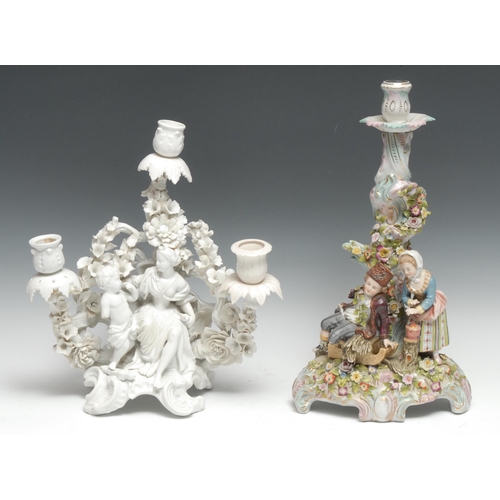




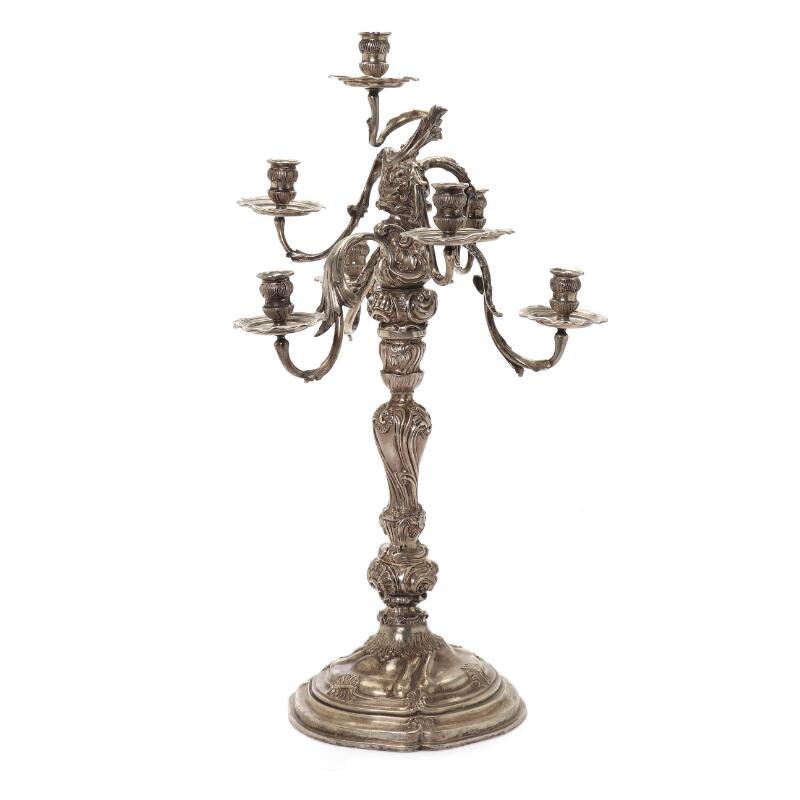
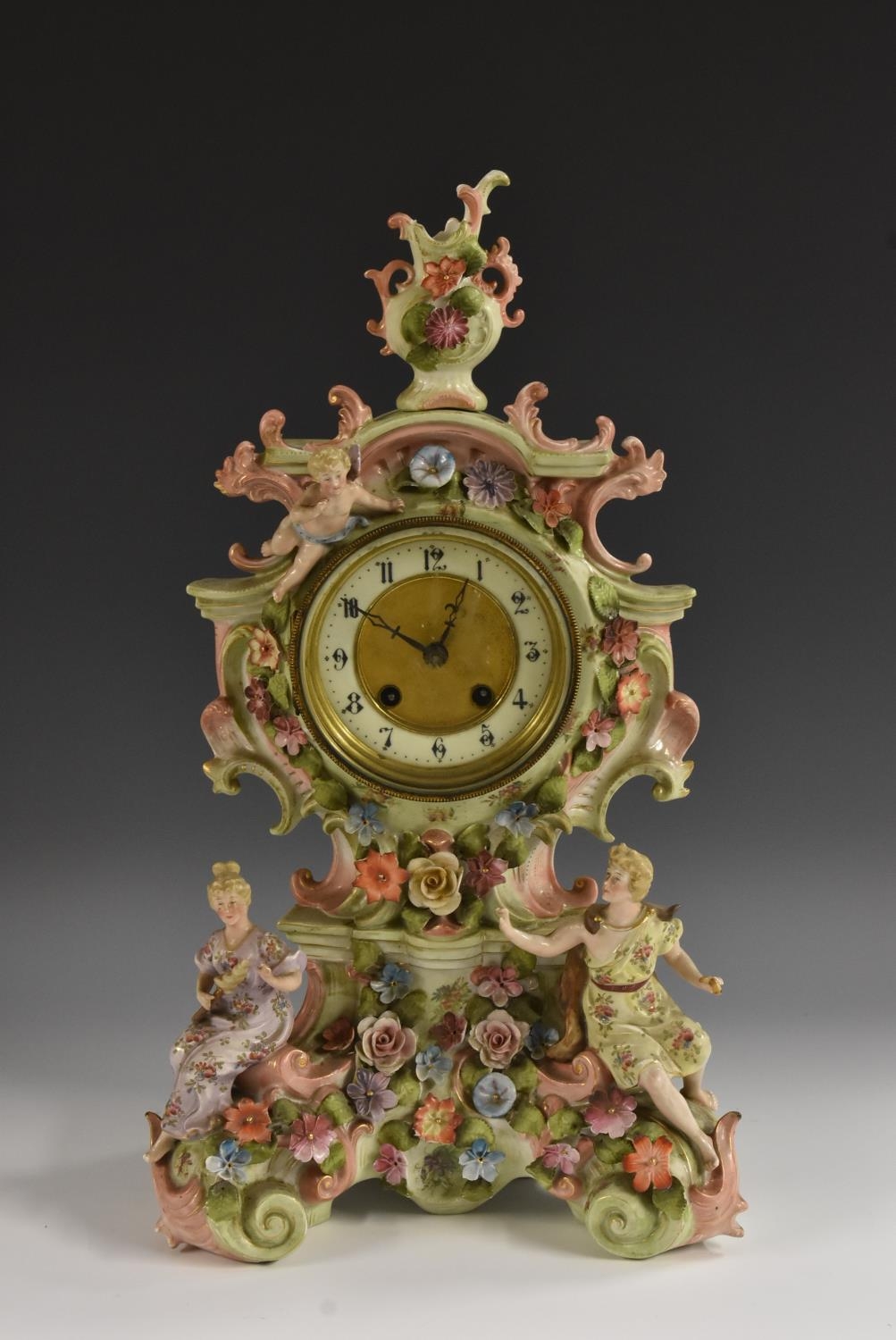
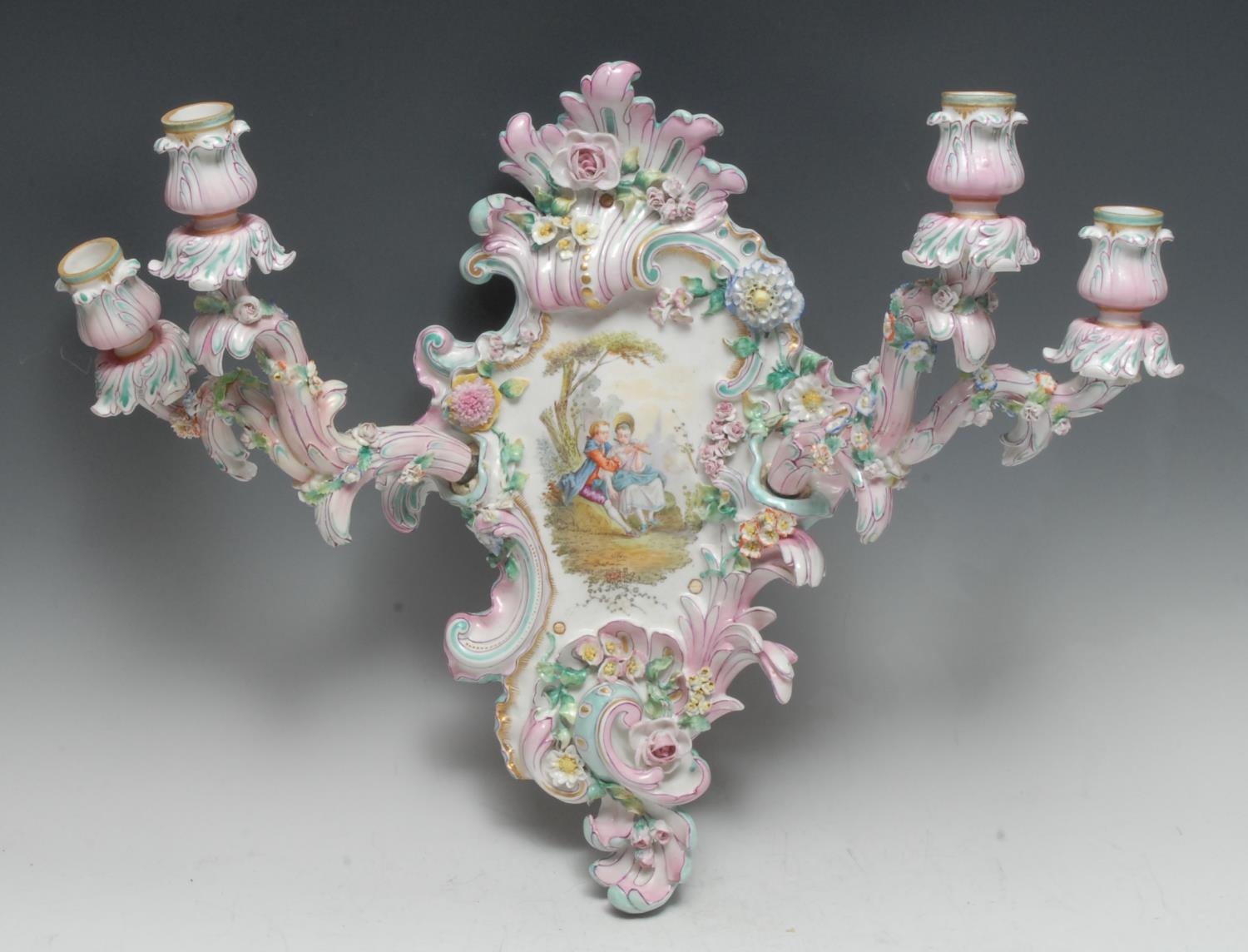
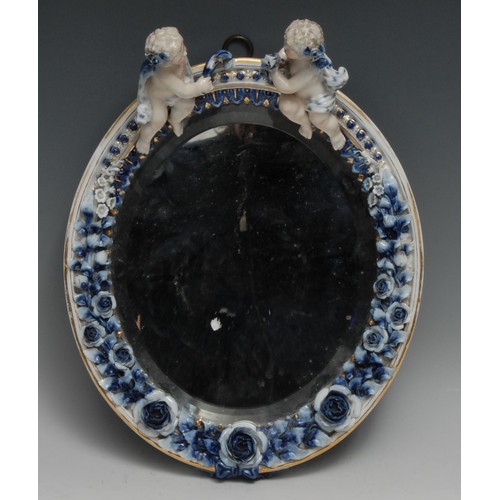
Testen Sie LotSearch und seine Premium-Features 7 Tage - ohne Kosten!
Lassen Sie sich automatisch über neue Objekte in kommenden Auktionen benachrichtigen.
Suchauftrag anlegen